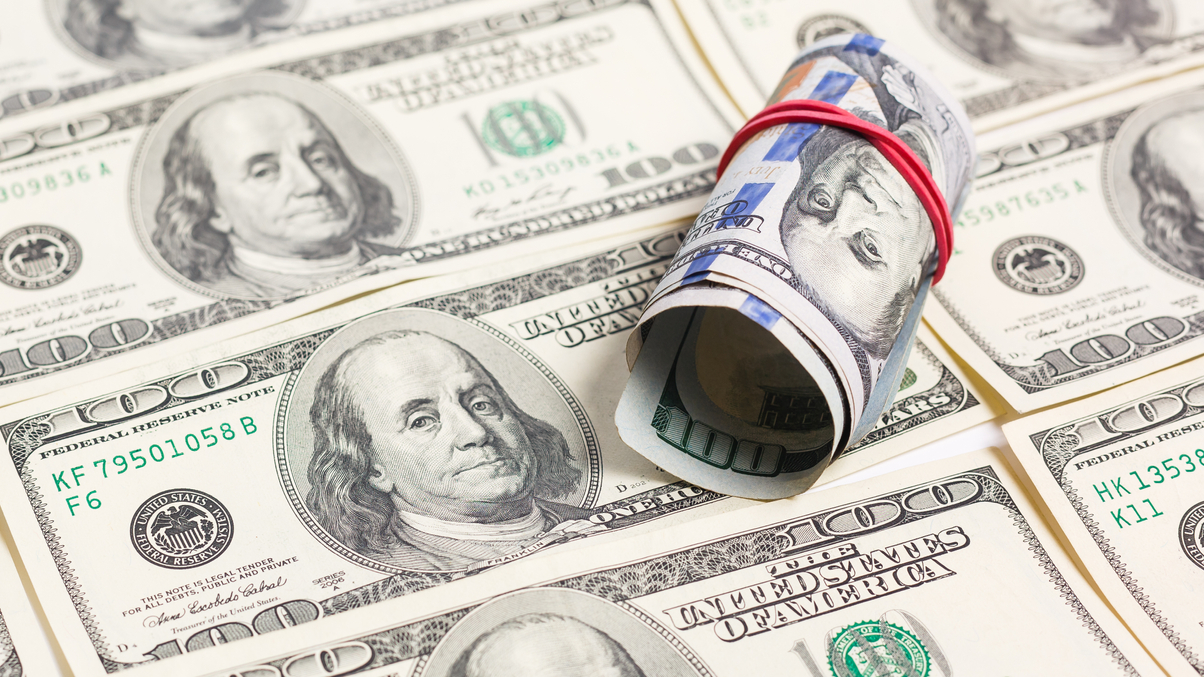Market Views: How Asian investors should assess the high US dollar
With the strongest US dollar level seen in decades, investors have to relate to both challenges and opportunities.

The US dollar (USD) rose for a fourth straight session on Monday (October 10), as investors expect inflation data later this week to show that price pressures remain elevated in the world's largest economy, driving belief that the Federal Reserve's aggressive monetary policy will continue until next year.
Sign in to read on!
Registered users get 2 free articles in 30 days.
Subscribers have full unlimited access to AsianInvestor
Not signed up? New users get 2 free articles per month, plus a 7-day unlimited free trial.
¬ Haymarket Media Limited. All rights reserved.


